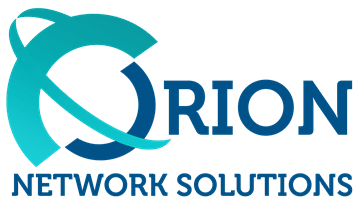Today, conversations around cloud are shifting from ‘why adopt the system’ to’ how to make full use of it’ within different organizational structures and environments. Just half a decade ago, cloud databases were fraught with drawbacks ranging from security issues to poor price to performance ratios. Today, however, cloud is past these challenges and its potential for efficiency, manageability, and cost-effectiveness far outweigh the drawbacks that once encumbered its development and wide acceptance.
More and more business processes (including databases) run in the cloud these days. cloud adoption programs allow efficient use of cloud systems, so companies can have the ability to run data-intensive applications, while maintaining high efficiency and low cost. How does cloud adoption increase business efficiency and database scalability? Read on to find out more:
- Cloud hosted databases nowadays can easily, quickly, and cheaply be scaled compared to some years ago. Scaling along any given dimension typically requires the addition or reduction of nodes from a particular cluster in order to change storage capacity. This operation, along with other related scaling up/down processes requires the redistribution of copies of data between nodes—something that has been the hardest challenge in building a scalable, distributed database. With today’s breed of cloud-native databases, scalability isn’t as difficult an operation as before.
- In addition to scalability, cloud databases also offer improved security, while taking out the burden of updating systems in order to keep up with the latest digital threats. By working with a cloud company, you are pretty much guaranteed the latest in security technologies and practices, so long as you work with a reputable cloud provider.
- Finally, implementing a cloud adoption program reduces your administrative burden by eliminating unnecessary features that make your system unmanageable and prone to issues like bottlenecks and security threats. Successful cloud adoption is all about fixing existing problems and keeping abreast of potential changes to the platform, thus making way for further system enhancement and transformation.










